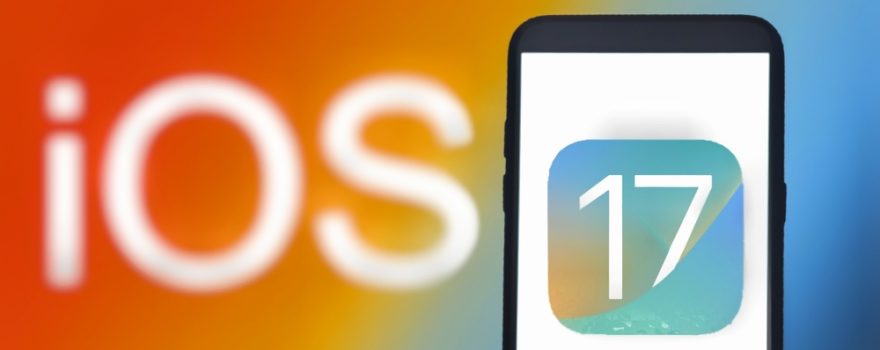
In the ever-evolving world of smartphones, operating system updates are eagerly anticipated, yet their adoption rate can be a slow climb. Apple’s iOS 17, launched on September 18, was met with a mix of excitement and apprehension. Now, the numbers are in, and they reveal an intriguing tale of user hesitance.
While iOS 17 beckoned with its promise of new features and enhancements, many iPhone users have opted for a cautious approach. According to data from Mixpanel, only 26.2% of eligible iPhone users, including those with iPhone 15 models where iOS 17 comes pre-installed, have made the leap to iOS 17.
Specifically, version 17.0.3, aimed at resolving bugs that could trigger overheating issues in iPhone 15 and iPhone 15 Pro, found its way onto the devices of nearly 15% of users.
Interestingly, the majority, almost 45%, of iPhones are currently running iOS 16 in its various iterations, namely 16.6, 16.6.1, and 16.7. These versions, considered stable due to nearly a year of Apple’s dedicated bug tracking and fixing, have won over conservative users.
The drop in the upgrade rate from iOS 16 to iOS 17 is particularly noteworthy. At the onset of October the previous year, iOS 16 variants claimed 34.45% of iPhone users. This reflects a decline of almost 24% in the adoption rate, emphasizing users’ reluctance to embrace the new system.
Issues with iOS 17, including concerns about overheating and sluggish Wi-Fi performance, have been voiced by users. Some have reported apps struggling to download data or slow connections. In these scenarios, iPhone users have experienced interruptions while using apps such as Threads, TikTok, or even Safari.
As the tech world watches the ongoing iOS 17 journey, the nuances of user preferences, stability, and bug resolutions play a pivotal role. The cautious approach many have taken in embracing this new chapter in Apple’s iOS saga speaks to the significance of reliability and performance in the smartphone experience.

 Get in Touch
Get in Touch 


